Pediatric anaplastic astrocytoma
Pediatric anaplastic astrocytoma (an·a·pla·sia - as·tro·cy·to·ma) is a malignant brain tumor that usually occurs in older children. Children’s Health℠ offers care from physicians at the UT Southwestern Pediatric Group, who are among the world’s top pediatric cancer experts. We have helped many children overcome anaplastic astrocytoma and get back to normal life.
What is pediatric anaplastic astrocytoma?
Anaplastic astrocytomas start in astrocytes, brain cells that help your central nervous system do tasks like store energy and support neurons. Anaplastic astrocytomas are part of a group of tumors called high-grade gliomas. High-grade gliomas typically grow and spread faster than other types of brain tumors.
Risk factors
These tumors can affect kids of any age but are most common in kids between eight and 18.
What are the signs and symptoms of a pediatric anaplastic astrocytoma?
The usual symptoms of a child with an anaplastic astrocytoma include progressively worsening headaches, nausea, vomiting, seizures and personality changes.
Other signs and symptoms include:
Drowsiness
Weakness in the arms and legs
Speech problems
Memory problems
How is a pediatric anaplastic astrocytoma diagnosed?
MRI - First, your child will have an MRI. This test takes detailed pictures of your child’s brain and helps us figure out what’s causing their symptoms. MRI’s show us if your child has a tumor, and if so, where it is located and how big it is.
Biopsy - If we find a tumor, we’ll take a sample of it called a biopsy. Biopsies allow us to see what type of tumor your child has and whether or not it is cancerous.
DNA - We also use a tool called next-generation sequencing for many of our patients. This allows us to examine the tumor’s DNA. Some tumors’ DNA can be targeted with certain types of drugs, so knowing the exact genetic makeup of your child’s tumor helps us choose the best treatment.
What causes a pediatric anaplastic astrocytoma?
We don't know why children get anaplastic astrocytoma. Scientists have found some correlations between certain genes and these tumors, but they’re still doing research to learn more.
How is pediatric anaplastic astrocytoma treated?
Surgery
Our team of neurosurgeons works together to plan each child’s surgery. They use the most advanced imaging tools to find out exactly where the tumor is and plan the best way to remove it.
There are two goals of surgery:
Remove as much tumor as is safely possible
Get tissue to accurately make a diagnosis
Radiation
Using high-energy rays to target brain tumors. Our doctors use many different types of radiation and will work together to pick the best option for your child. We often use proton therapy, a very precise type of radiation that targets tumors and doesn’t harm surrounding tissues. We may also use stereotactic radiosurgery. With it we can pinpoint the exact right spot to give radiation and use higher doses and fewer treatments.
Chemotherapy
A family of medicines that shrink and kill tumors. Children’s Health is home to a team that specializes in using chemotherapy to treat brain tumors in kids. They’ve helped many kids like yours beat brain tumors and work to make sure treatments have as few side effects as possible.
Pediatric anaplastic astrocytoma doctors and providers
Children’s Health offers care from physicians who are on the faculty at UT Southwestern Medical Center. We bring together neurosurgeons, radiologists, oncologists and many more team members with one goal: helping your child beat cancer. Learn more about our team.
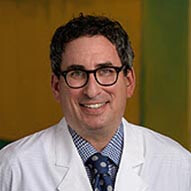 Brad Edward Weprin, MDPediatric Neurosurgeon
Brad Edward Weprin, MDPediatric Neurosurgeon Daniel Bowers, MDPediatric Hematologist/Oncologist
Daniel Bowers, MDPediatric Hematologist/Oncologist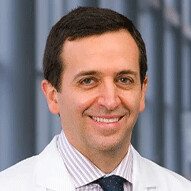 Bruno Braga, MDPediatric Neurosurgeon
Bruno Braga, MDPediatric Neurosurgeon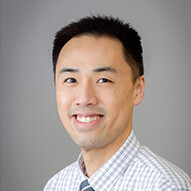 Kenneth Chen, MDPediatric Hematologist/Oncologist
Kenneth Chen, MDPediatric Hematologist/Oncologist Samuel John, MDPediatric Hematologist/Oncologist
Samuel John, MDPediatric Hematologist/Oncologist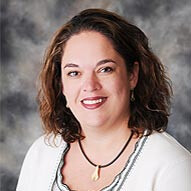 Laura Klesse, MDPediatric Hematologist/Oncologist
Laura Klesse, MDPediatric Hematologist/Oncologist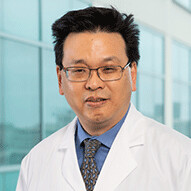 Andrew Koh, MDPediatric Hematologist/Oncologist
Andrew Koh, MDPediatric Hematologist/Oncologist Patrick Leavey, MDPediatric Hematologist/Oncologist
Patrick Leavey, MDPediatric Hematologist/Oncologist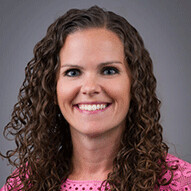 Kathleen Ludwig, MDPediatric Hematologist/Oncologist
Kathleen Ludwig, MDPediatric Hematologist/Oncologist Angela Price, MDPediatric Neurosurgeon
Angela Price, MDPediatric Neurosurgeon Lauren Sanchez, MDPediatric Neurologist
Lauren Sanchez, MDPediatric Neurologist Avanthi Shah, MDPediatric Hematologist/Oncologist
Avanthi Shah, MDPediatric Hematologist/Oncologist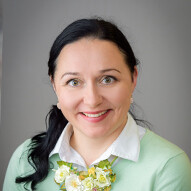 Ksenya Shliakhtsitsava, MDPediatric Hematologist/Oncologist
Ksenya Shliakhtsitsava, MDPediatric Hematologist/Oncologist Tiffany Simms-Waldrip, MDPediatric Hematologist/Oncologist
Tiffany Simms-Waldrip, MDPediatric Hematologist/Oncologist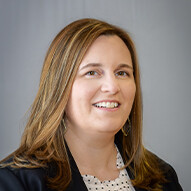 Tamra Slone, MDPediatric Hematologist/Oncologist
Tamra Slone, MDPediatric Hematologist/Oncologist Dale Swift, MDPediatric Neurosurgeon
Dale Swift, MDPediatric Neurosurgeon Brett Whittemore, MDPediatric Neurosurgeon
Brett Whittemore, MDPediatric Neurosurgeon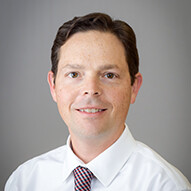 Jonathan Wickiser, MDPediatric Hematologist/Oncologist
Jonathan Wickiser, MDPediatric Hematologist/Oncologist